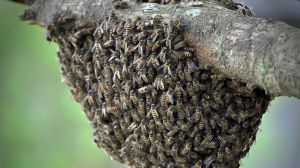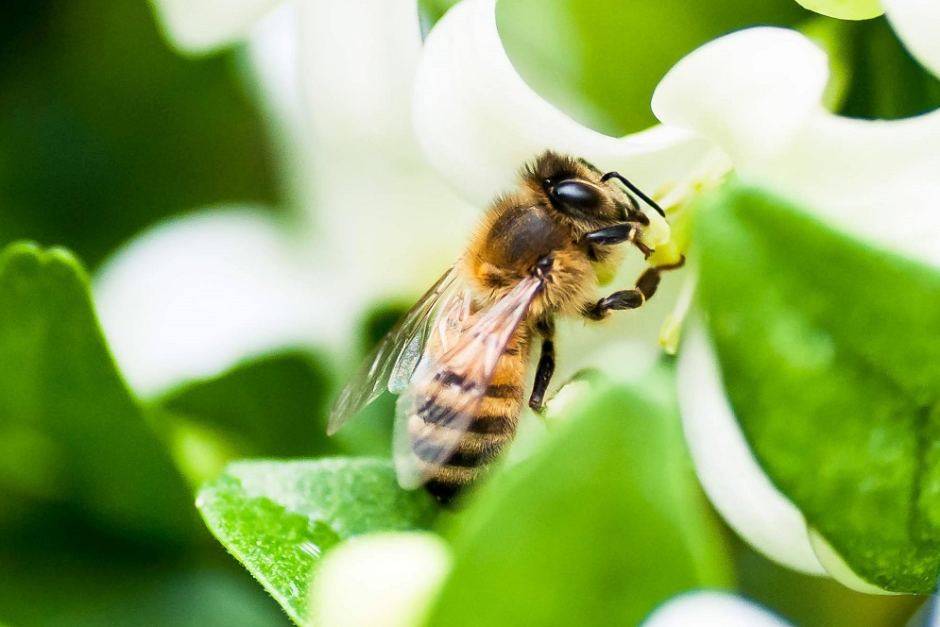Next time you are spreading honey on your crumpet have a think about how that sweet stuff, and its yellow and black creators, are affected by the environment around you.
Researchers have used bees to monitor pollution for the first time in Australia and have found significant lead levels in the insects depending on location.
It is a reminder that whatever we pollute the world with will end up back in our systems.
The levels of metal varied depending on the history of the land, with scientists finding huge differences between Sydney and Broken Hill.
Sydney dwelling bees are affected by former leaded petrol emissions from the '70s, '80s and '90s, with highest lead levels in the CBD, Surry Hills and Newtown (230-440 micrograms per kilogram).
Fortunately however, the amount of lead found in honey from these bees was negligible.
In comparison, Broken Hill bees possessed much higher levels of lead thanks to ongoing lead mining, with around 2,570ug/kg detected, and in turn, a much higher concentration of lead in the honey.
Professor Mark Taylor, leader of the research team at Macquarie University which undertook the study, said the findings provided a stark warning against the unsafe use of chemicals in the environment.
"They don't degrade that quickly, they get into the ecological systems and they don't break down in many cases and they are persistent and typically harmful," Professor Taylor said.
"This shows us that the contaminants are being mobilised and are getting into our ecological and food systems."
Bees safeguarding their product?
Lucky for us it seems bees protect their sticky stuff and filter the lead therefore limiting its passage into the honey.
The fact that their honey contains much less lead than their bodies may be an accidental convenience or an adaptation.
Bee deaths due to insecticide drift

The largest commercial honey bee pollinator in one of Australia's key food bowls claims he can no longer base his 2,000 hive operation in the region because of chemical use by the emerging cotton industry.
Professor Taylor said in effect the bees were protecting the quality of product by absorbing and filtering the lead into their systems and not excreting it all when in the hive.
"The honey is actually OK to eat — the bees are taking the hit.
"It's safe, the honey is good ... those who have beehives can carry on."
The researchers also found worker bees were more contaminated than drone bees, indicating that bees who forage in the environment bear the brunt.
"Worker bees spend a lot more time out of the hive than drone bees," Professor Taylor said.
Next the researchers are set to determine whether the bees' health and functions are affected by the high lead levels.
But Professor Taylor stressed the take away message is remembering chemicals are not just a short-term hit to our environment.
"Emissions are ongoing and being distributed through cities and its getting to the bees, the birds and humans," he said.
"We know lead is harmful, end of story."
First posted 13 Jan 2018, 9:33am
http://www.abc.net.au/news/2018-01-13/lead-found-in-sydney-and-broken-hill-bees/9325712




